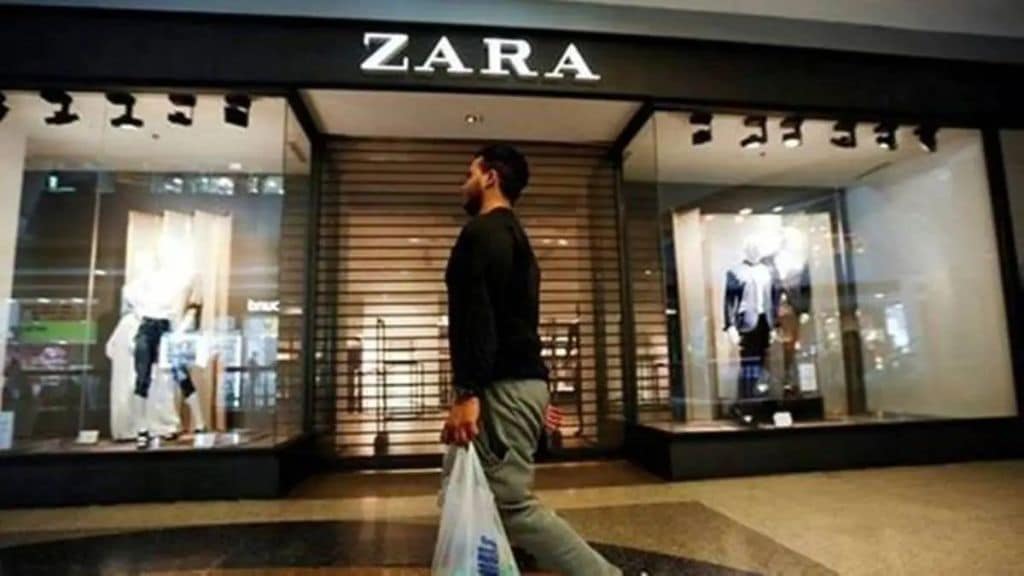Fast-fashion brand Zara is globally known for its lightning speed and scale. The world’s largest listed fashion retailer has outperformed competitors for years, benefiting from investments in new designs, styles, faster turnaround times and providing unique in-store and online experiences.But the picture is different in India, where Zara entered in May 2010. Starting with a store in Delhi, it has now expanded to 23 stores across 12 cities, including Mumbai, Delhi, Bengaluru, Ahmedabad, Pune, Hyderabad and Chennai. But despite showing initial initial promise and success, the retailer appears to have slowed down now, its latest results show.Within seven years of its launch in India, Zara’s sales had crossed Rs 1,000 crore and it maintained a 20-60% growth for many years. In FY24, however, the brand — part of the 51:49 joint venture between Spain’s Inditex Group and Indian retailer Trent (called Inditex Trent Retail) — saw revenue grow only 8.31% versus the previous year to Rs 2,775 crore. Net profit fell 7.57% to Rs 244 crore, according to Trent’s latest annual report.The last time Zara reported a weak set of numbers in India was in FY21, due to the pandemic. Revenue had fallen 28.32% year-on-year to Rs 1,126 crore and the company had reported a net loss of Rs 41 crore for the period. But sales climbed in the post-pandemic retail and shopping spree, growing 61% year-on-year in FY22 and 41% in FY23. From a net loss in FY21, the company reported a net profit of Rs 149 crore in FY22, while the bottomline jumped 77% in FY23. (See chart).So, what is ailing Zara now? Experts point to growing competition both at the premium and value retail ends of the market. Rivals such as Swedish retailer H&M and Japanese major Uniqlo are chipping away at the top end , while Trent’s own Zudio value retail format is taking away consumers at the bottom of the pyramid.
“International apparel brands over the last few years have become very aggressive in India, dropping their price points, tapping online buyers across e-commerce and their own websites and understanding the tastes of Indian consumers,” says Arvind Singhal, chairman of Gurugram-based retail consultancy Technopak.At the same time, Singhal says, organised value retailers — Trent’s Zudio, Aditya Birla Fashion’s Style Up, Shoppers Stop’s Intune, V2 and V-Mart Retail among others — have flooded the market with new styles across Indian and western wear under Rs 500 and Rs 1,000 per unit. They have a large footprint of scalable stores across the length and breadth of the country. “The market is competitive, which leaves very little room for brands such as Zara to manoeuvre if the reaction time is not quick enough. Also, labels such as Zara require premium retail spaces in keeping with their global profile. This restricts store additions,” Singhal says.Zara’s slower turnaround time in India has been blamed on Inditex’s tight control on business operations, including sourcing merchandise from it, limited usage of the brand and determining the choice of the product and other specifications for India, according to sector experts tracking the company.Trent said in its latest annual report that its investment in the Zara JV was purely financial in nature. “Including in the context of brand ownership and the arrangements for merchandise supply (with the majority partner entirely controlling these core customer propositions and the terms thereto), the company (Trent) views its related commitments as a financial investment. Consequently, it may be appropriate not to consider these commitments as long-term strategic investments integral to our retail operations,” it said.


